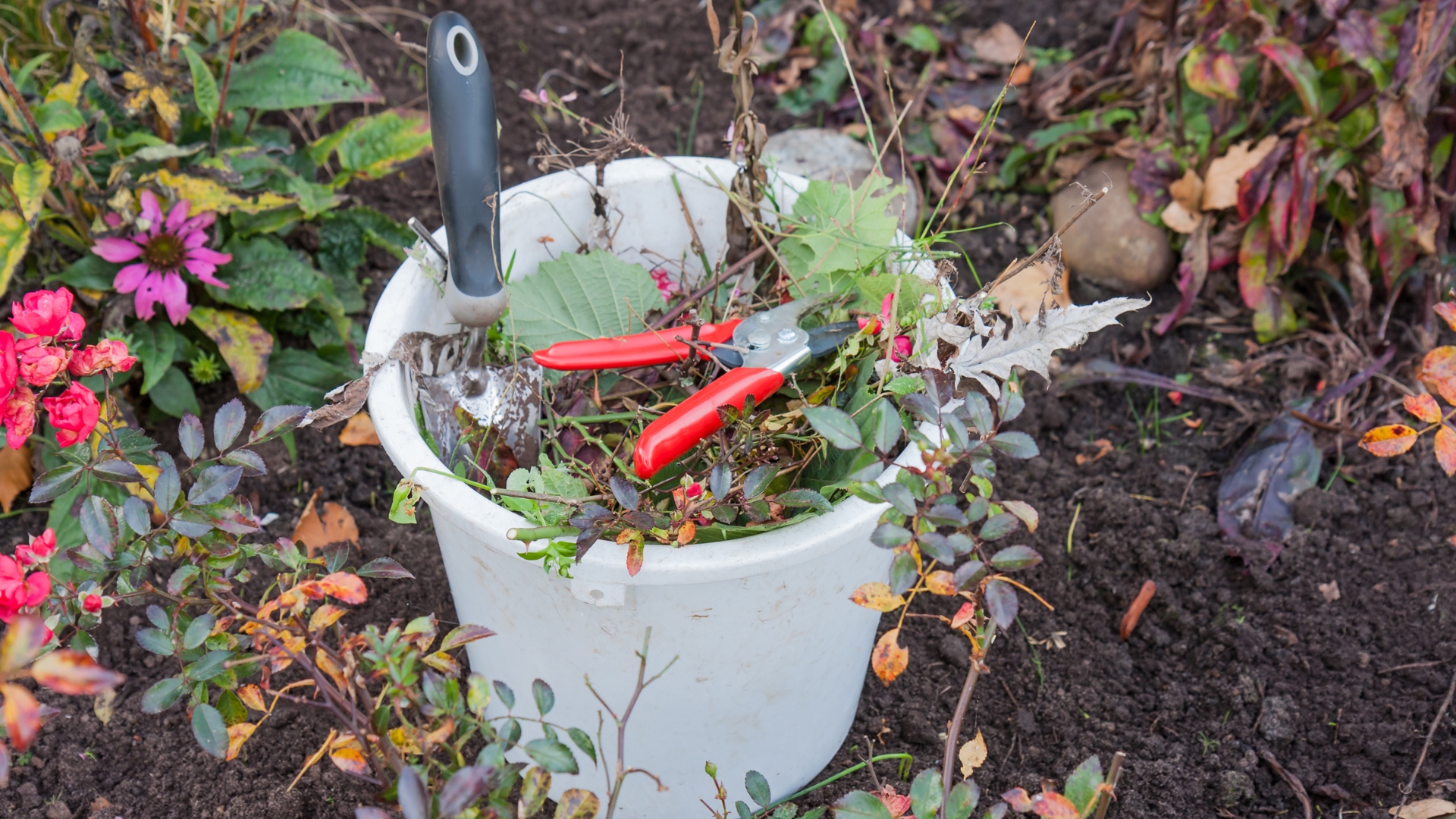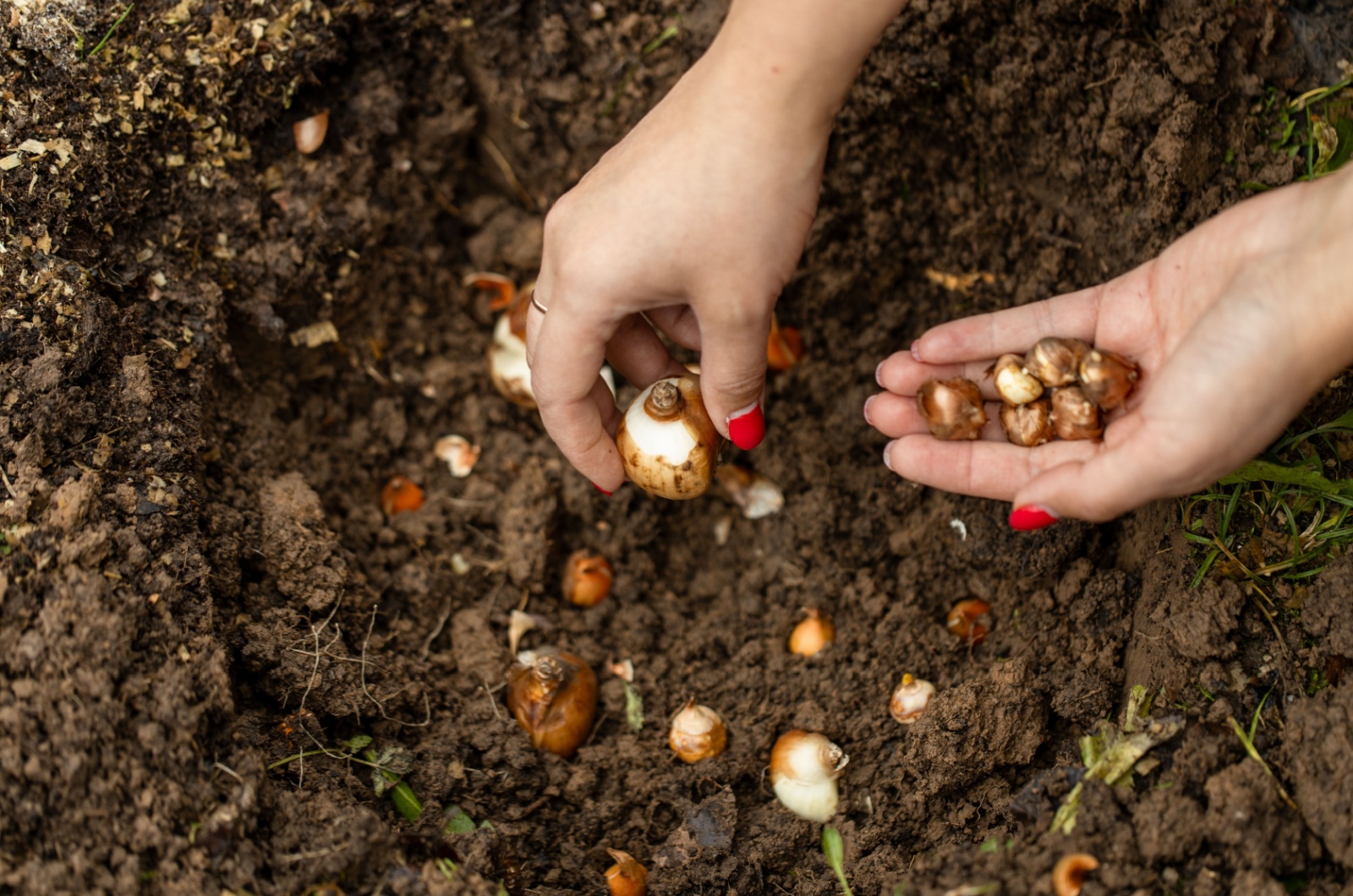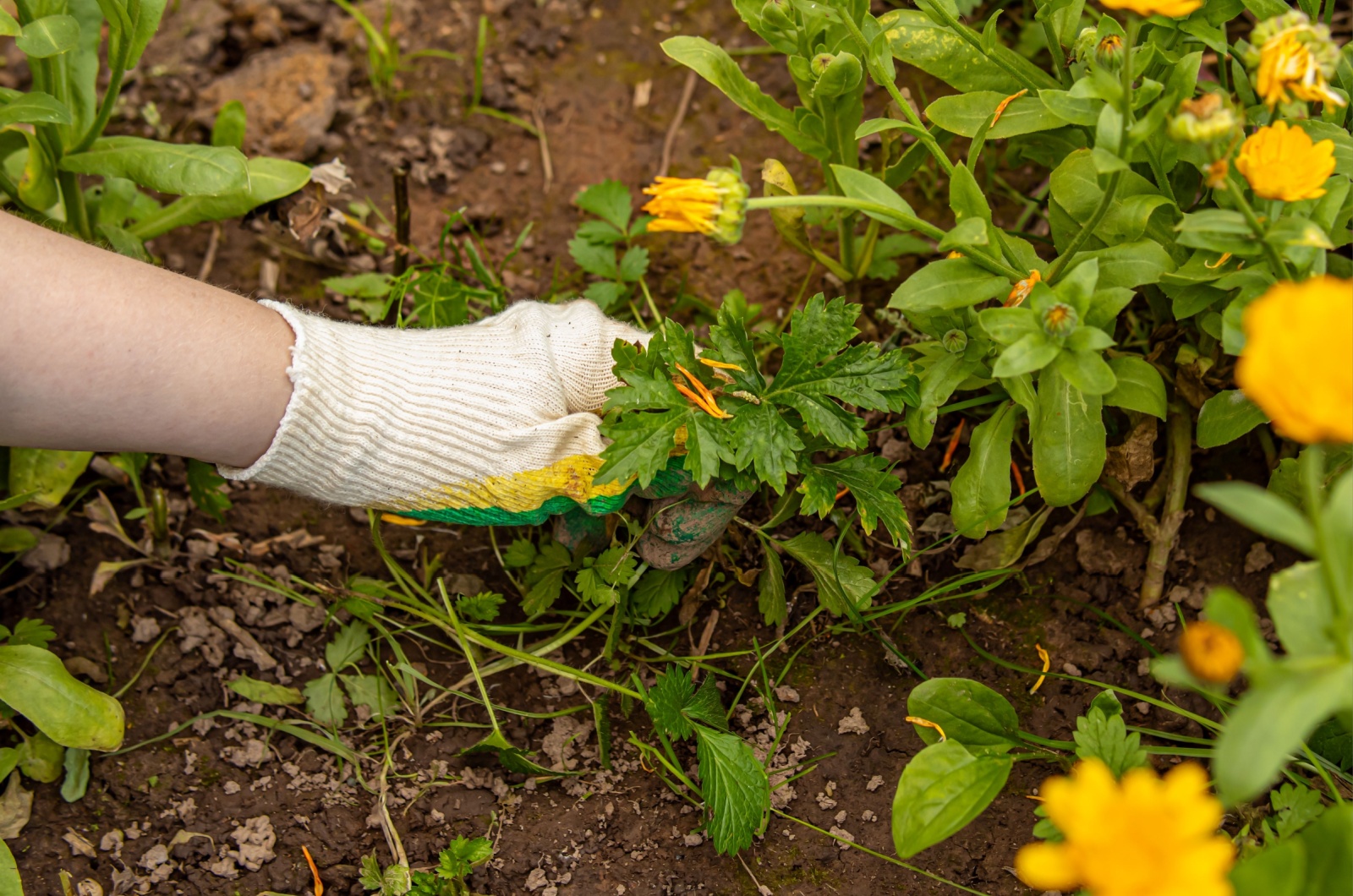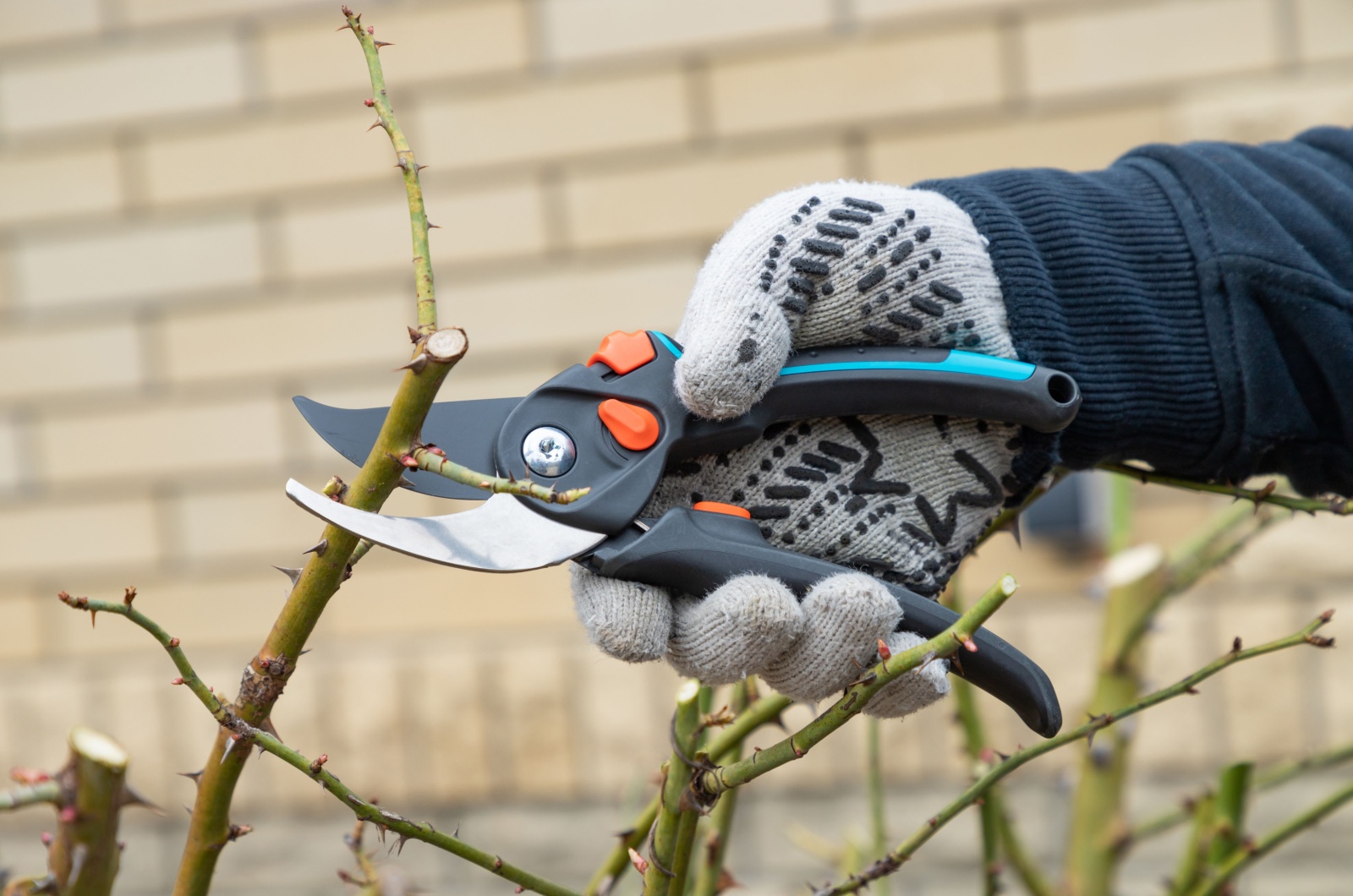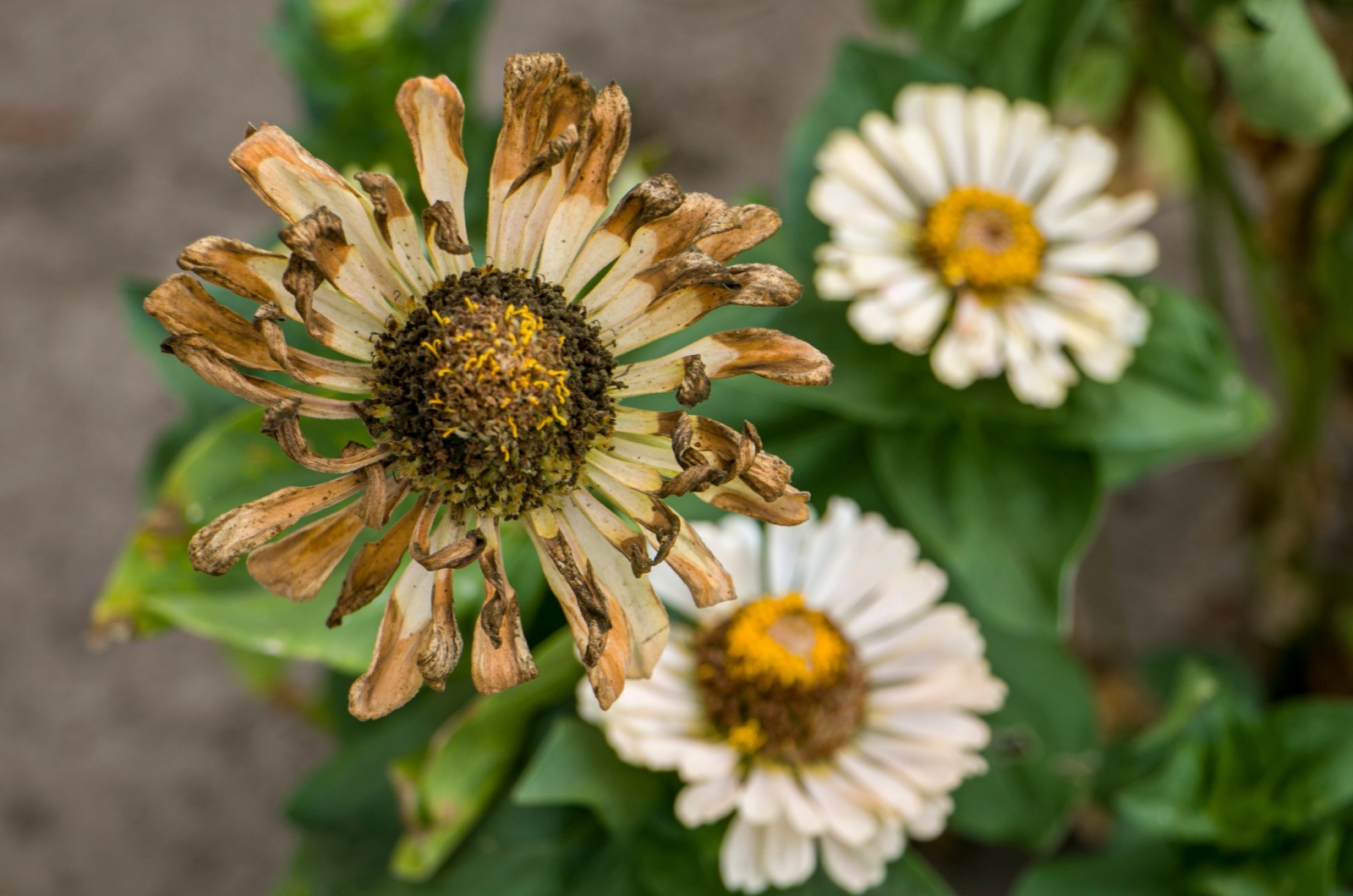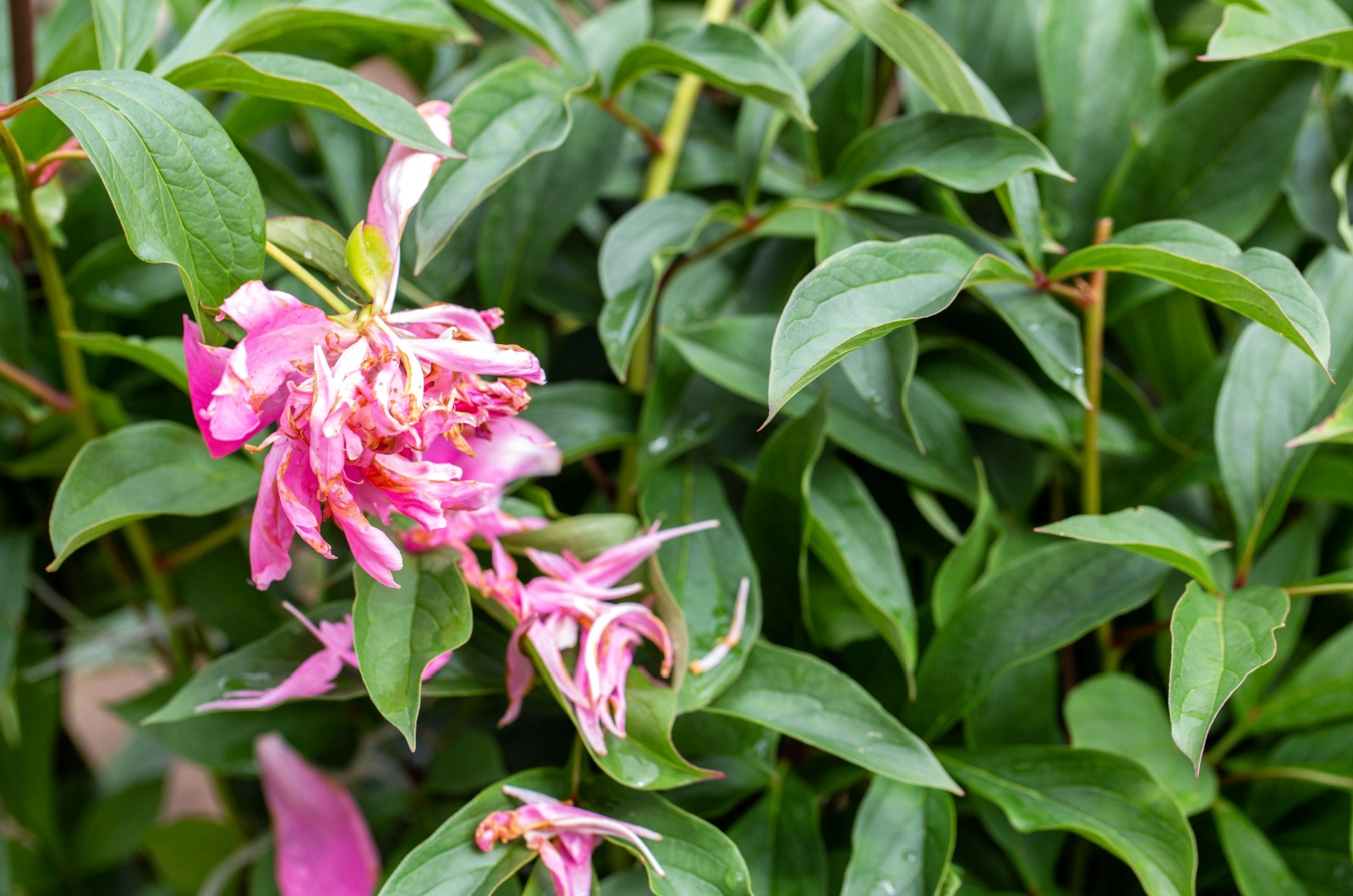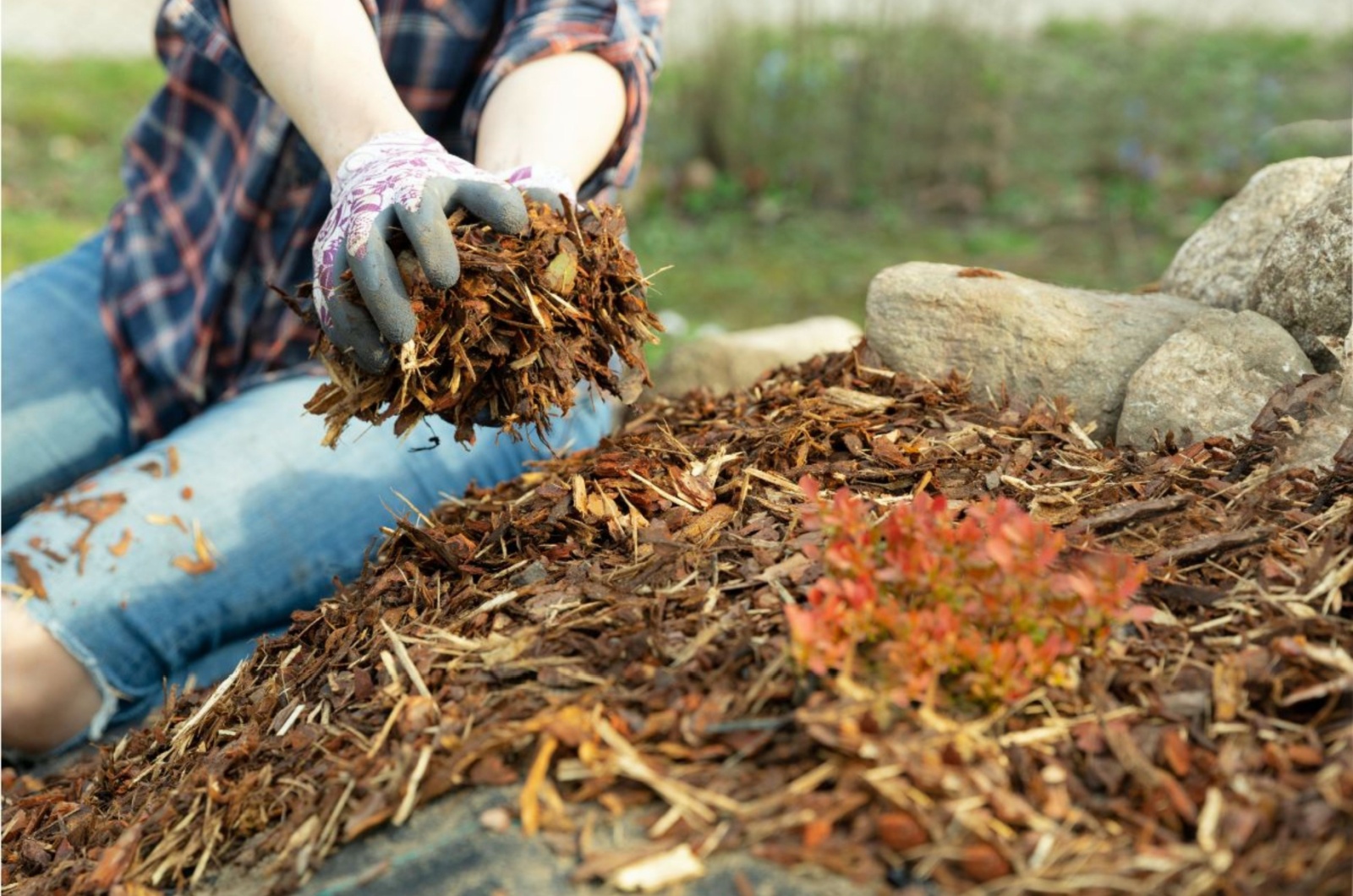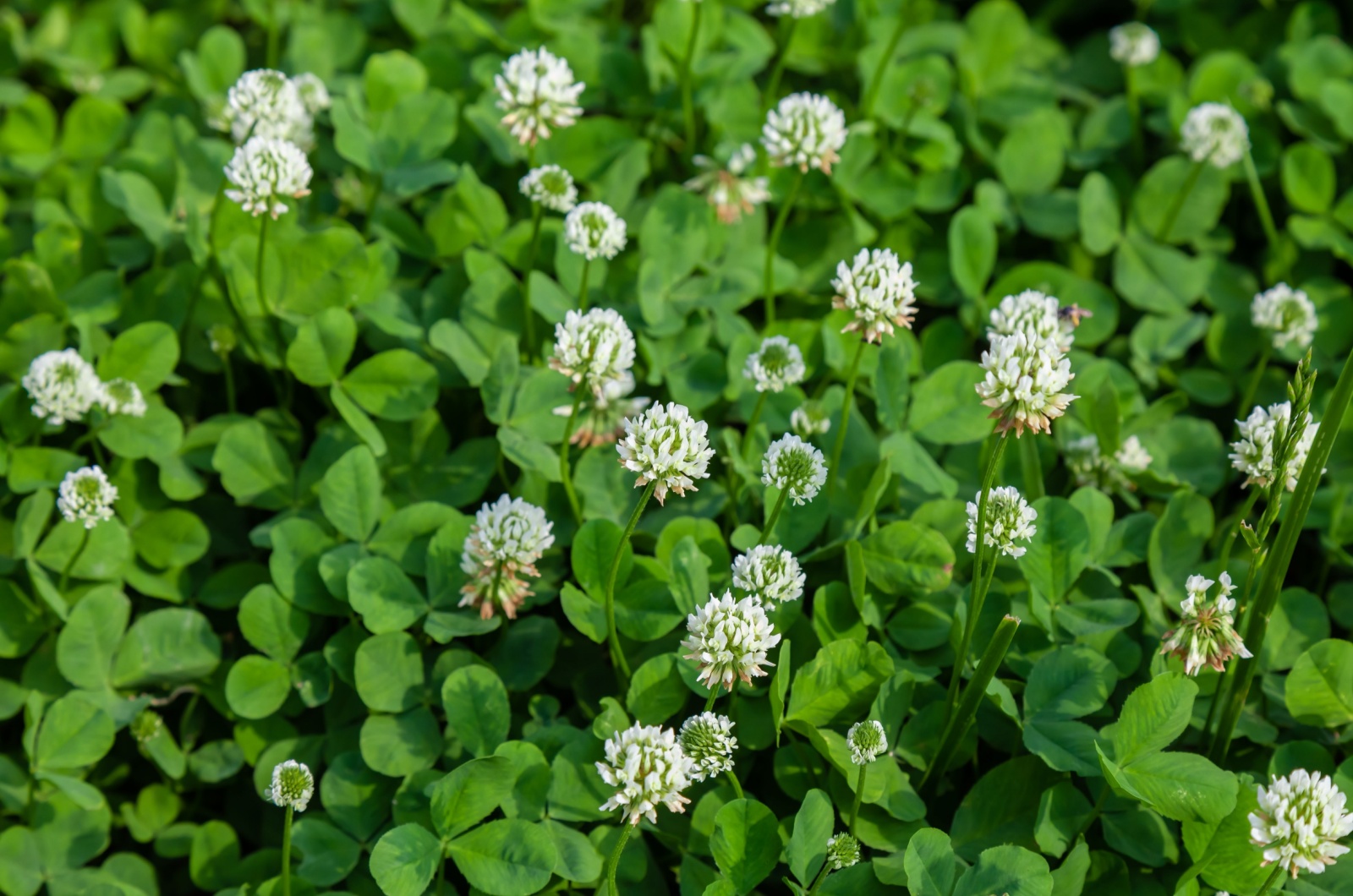September is here, which means most of us are checking the last boxes on our to-do lists. If your list finishes with some cleaning and harvesting, I must warn you that you’ll need to add a few more boxes.
Why? Well, if we want our gardens to bloom like a dream next season, it’s all about getting our hands dirty with soil care, pest control, and more!
Curious about the tasks that will guarantee a garden that shines after the cool days? I’ll spill the beans right now!
1. Plant The Early Spring Blooming Bulbs
You have to admit that it’s pretty interesting how you can begin and end the season by planting. Spring bulbs are a true sight to behold but if you want to see them as early as possible, fall is the ideal time to plant them.
It will give these perennials enough time to establish and produce sturdy roots. As a result, you’ll see bigger plants that’ll bloom earlier.
Now the only thing left to answer is which bulbs need overwintering for spring blooms. Daffodils, alliums, and tulips are some of the most popular examples, so if you want to see any of them in spring, this is the perfect time to plant them.
2. Get Rid Of Those Weeds
I know you won’t be delighted to hear that you’ll need to do more weeding. Sometimes it seems that all we do is de-weed, all season long.
But that’s how it should be since these nuisances won’t leave on their own. There are a few ways to remove weeds from your veggie garden (or flower patches), so it’s best to find the method you find the easiest.
For me, it’s the old-school way; putting on gloves and pulling out those weeds by hand.
And remember, we don’t remove weeds for aesthetic purposes. These notorious plants inhibit the growth of other species and increase susceptibility to various diseases.
3. Steer Clear From Pruning And Fertilizing
It’s true that there are plants that need some pruning in September, and it brings many benefits. However, for some species pruning or feeding at this point is not the smartest idea.
You see, the point of both of these tasks is to encourage new growth, whether it’s about blooming, roots, or leaves.
New growth is a good thing, right? Well, not in this case since freezing temperatures will damage and destroy everything.
So, steer clear of pruning and feeding your Black-eyed Susans, ornamental grasses, stonecrop, and cranebills.
4. Let Your Annuals Self-Seed
Are you tempted to deadhead zinnias, sunflowers, or poppies to see more blooms? Or do you simply think there’s no hope for more?
Yes, these are annual plants, which means they can’t come back the next spring. Additionally, the chances they’ll bloom once more is low to zero.
So, why leave them, then? The answer is simple: these are self-seeding plants, which means their flowers will go to seed in fall and the seeds on the ground will most likely root once spring arrives.
Some seeds may not germinate but that’s not bad at all. Remember that our feathered friends have less food during cool months, so this is the perfect opportunity to ensure them some.
5. Don’t Forget To Cut Back And Divide Perennials
Perennials are the true stars of all flower gardens. But we mainly love them because they come back year after year.
If some of your perennials seem in distress or they’re severely infected or infested, the only thing left to do is cut them back. Remember that many fungi and bacteria can overwinter in the soil and the last thing you want is infected soil in spring.
It’s expected that the leaves of Irises, peonies, and hostas turn yellow at this point, so you need to cut them back to help them store energy for cooler months.
Make sure to dispose of the infected parts in the trash, not in your compost pile, because it can infect it.
This is also a perfect time to divide these perennials if they’re overcrowded or have outgrown the space.
6. Mulch Is Always A Good Choice
If you were surprised with the previous chores, I’m sure that won’t be the case with this one. Mulch is one of the most potent ingredients for the soil and has various other benefits.
Late summer is perfect for mulching your garden, and if you’re a bit late, don’t worry, you still have enough time to complete this chore.
If you have issues with soil erosion, mulch will help you prevent it. Additionally, it’ll add some organic matter into the soil which will benefit the overall health of your prized plants.
Finally, it’ll serve as protection for your plants during colder months.
7. Add Cover Crops To Boost Soil Health
And the last task on your list should be adding fall cover crops. I started using this method a few years ago, and I must admit it was one of the best decisions ever.
Over time, I managed to learn which plants were best for this purpose. I highly recommend adding fast-growing species such as vetch and clover.
We often refer to them as ‘green manure’ because they boost the nutrient levels in the soil and make it perfect for planting the next season.
And that’s it! By completing these September garden chores, you’ll witness a picture-perfect garden after the chilly days!

